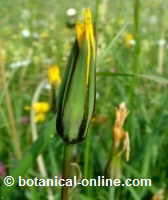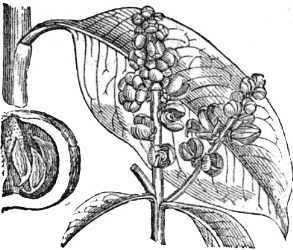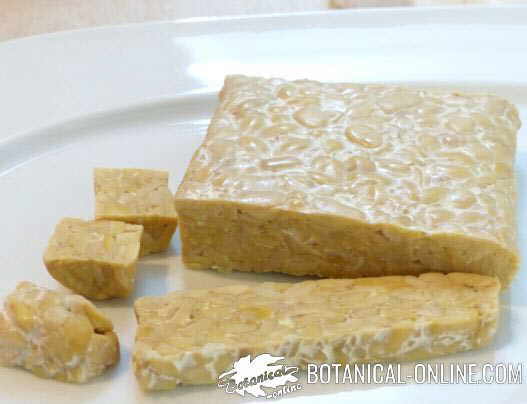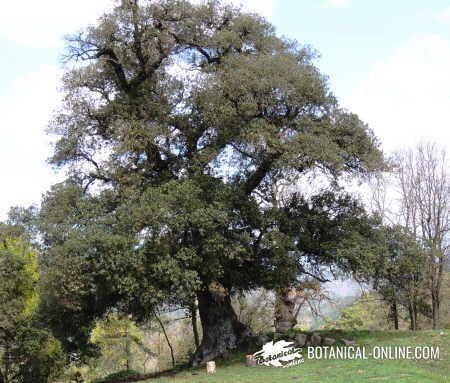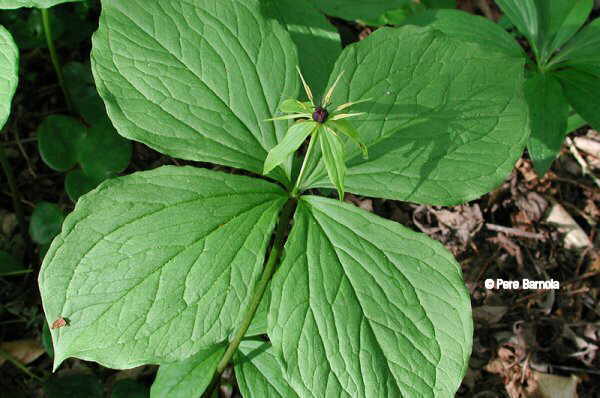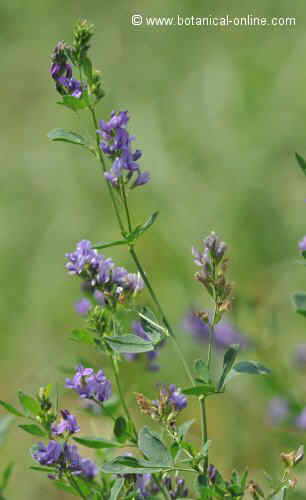Contents
What is a meadow salsify?
Characteristics of meadow salsify ( Tragopogon pratensis )
Common name: Salsify, Meadow salsify, Goat’s-beard.

Spanish: Salsifí, salsifí de los prados, barba de cabra, salsifí negro.
Scientific name: Tragopogon pratensis L.
Family: Asteraceae or Compositae
Habitat: Where does meadow salsify grow?
Plant native to Eurasia. We can find it in grasslands, near forests or in cultivated fields as well as undergrowth, wastelands and old farm fields.
Description of the plant
Biennial plant up to 60 cm. Tall. Alternate leaves, hugging the stem, lanceolate and ending in a sharp point. They can measure up to 20 cm, although the upper ones are shorter.
Stems that can branch out and give multiple flower stalks.
Typical inflorescence of the composites, formed by numerous little flowers that make up the floral chapter. They are yellow in color, with a certain resemblance to dandelions, but with the bracts as long or longer than the petals (ligules).
The flowers open in the morning and close in the early afternoon, leaving an unopened bud.
The fruit is an achene, which is arranged in a pappus. Its seeds are dispersed by the wind.
Collection time and used parts

Unopened floral chapter of meadow salsify, consumed as asparagus. The tender shoots are collected in spring to be cooked as a vegetable: Cut the flower heads, before the flowers open. The flower stalk is cut, immediately after the first leaf (approximately 8 – 10 cm.).
- The root is harvested in autumn and dried for later use as a medicinal plant. It can also be consumed in food.
Medicinal components of meadow salsify
- Carbohydrates (root), fiber
- Potassium (root), calcium, magnesium, phosphorus, manganese
- Folates, betacarotenes
- Gallic, caffeic, ferulic, synapic acid
- Flavonoids: rutin, resveratrol
![]() More information on meadow salsify and other plants
More information on meadow salsify and other plants

